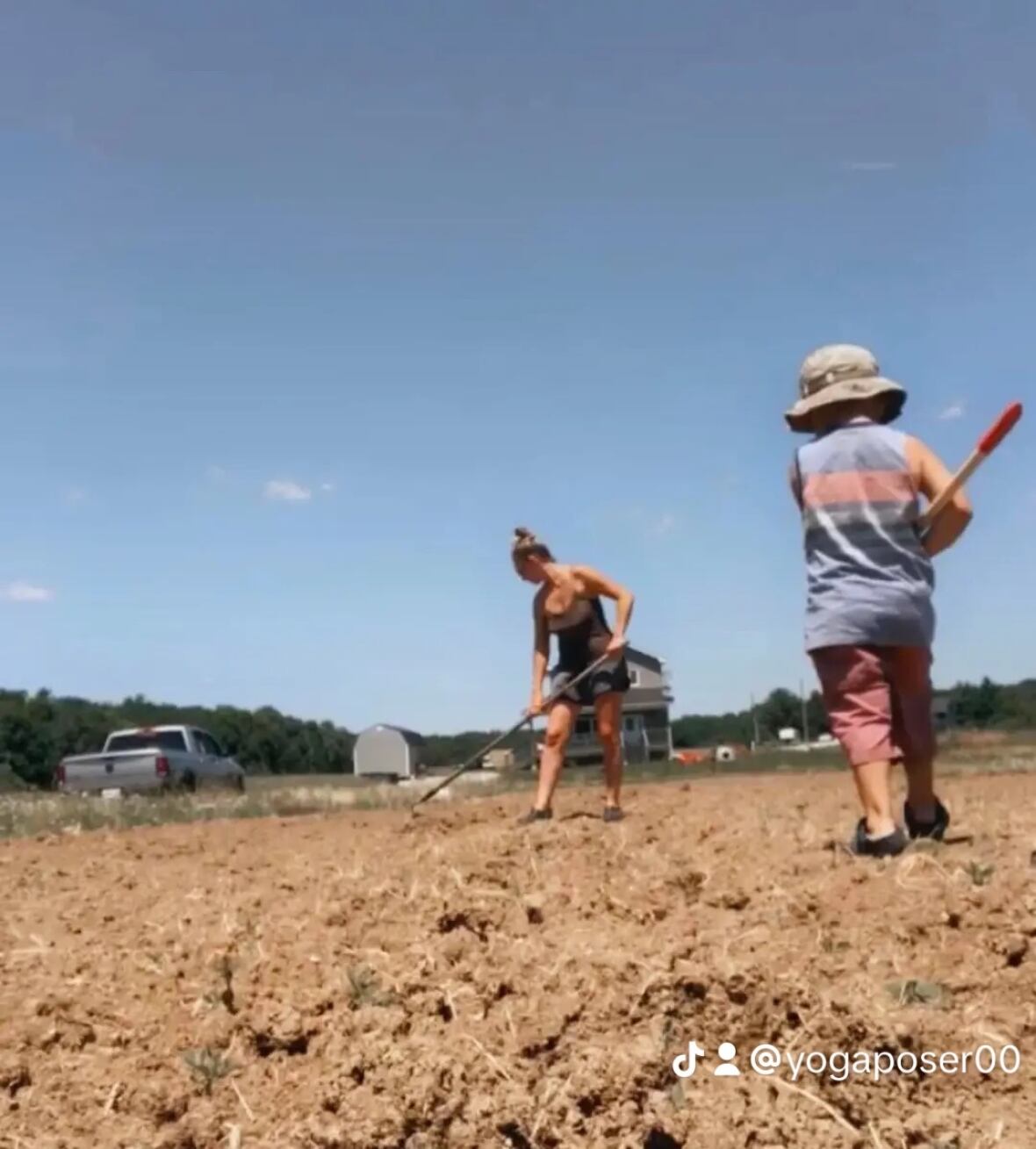How to eat a healthy, local diet. Tips from a Haudenosaunee dietitian
Haudenosaunee dietitian says different people will have different dietary needs

Have you ever wondered what foods are good for you throughout the different seasons of the year?
The short answer: whatever is growing near you. The long answer is a bit more complicated.
Teri Morrow is a Haudenosaunee registered dietitian from Six Nations of the Grand River. She focuses on traditional foods "in a cultural and spiritual sense."
Morrow is also the chair of the Indigenous Nutrition Knowledge Information Network.
She said the sciences she studied are "ridiculously interconnected" with the teachings she received from her community.
Morrow said the most nutritious foods to eat during spring are whatever is currently growing in your area.
One example she gave was maple syrup. She explained that, in her culture, the year begins when maple trees are ready to produce sap.

"When we get the maple syrup out, we know that we're tapping into that new kind of fresh nutrition source from the earth because the groundwater feeding those trees is always circulating," she said.
She said maple sap is especially important during early spring, because it provides manganese and zinc, which are important for immune function.
Morrow said this is how Haudenosaunee people would prepare for the spring, when they were exposed to more people and were expected to start planting.
Morrow said she doesn't recommend people just go out and start foraging. Instead, she said people should look for Indigenous people in their area who can help them do so responsibly and respectfully.
"You're probably on people's land," she said. "What's Crown land? What's traditional land? And how much are you even allowed to forage?"
"[Foraged food] is really great way for people that have never had the opportunity to connect with somebody from a First Nation or somebody that carries traditional knowledge," she said.
Morrow said seeking these foods with Indigenous people is also a good way for those who can't go out and gather to support local communities.
She said Haudenosaunee foods and are typically high in:
- Zinc, which helps growth and maintenance of body (vision, immune, blood clotting, thyroid function, wound healing)
- Protein, for cell growth and maintenance
- Iron, a component of red blood cells that carries oxygen throughout your body.
- Vitamin D, which helps absorb calcium, maintains healthy bones and teeth, helps muscle, nerves and the immune system work properly.
- Vitamin B12 and B6, which are needed to keep nerve and blood cells healthy (proper development of the brain).
CBC Hamilton spoke with Morrow, here's some of that conversation:
The discussion has been edited for length and clarity.
Traditional knowledge
How does Haudenosaunee knowledge inform your work and approach?
When I was at school, I used my understanding of our cultural teachings and the little bit of language that I had at that time to look at my Western teachings [and] it made more sense for me.
I think that's kind of where I took my dietetic practice today because I worked for a good five years with clients and a full medical community support, but there wasn't a lot of support for cultural language.
It was really difficult to help somebody when your clients need to make necessary changes to affect their health and wellness but they are really limited in cultural knowledge, traditional food practices, due to genocide and colonial constructs that support the health system and the health perception today.

I really tried to just made it more important in my practice, too, if people didn't have access to those foods to help them to find access to promote people that were holding on to those traditional knowledge pieces and processes — hunting, fishing, gathering, language ceremonies — to support them, and to uplift them, so that later, more people had access and ability to utilize that same knowledge that has been passed on through generations.
What to eat in the spring
What are some nutritious foods to eat in spring?
Right now, we're getting some different greens ... Protein, you know, we have actual meat protein sources available, like wild turkeys. And fish are always available, [they have] different omega threes, Omega sixes, and protein."
Proteins are really important because we're going from that rest stage to more physical exertion and movement, because of the work that we're supposed to be doing.

Ramps or wild leeks and fiddleheads have nutrients such as manganese, vitamin A, C, B3, B6 folate and iron amongst others.
Ramps also have allium that helps to support cardiovascular health and prevent blood vessel damage.
Vitamin D
People often think of the need for Vitamin D in winter for boosting your mood, does that continue to be the case in the summer?
A lot of the vitamin D that our body uses comes from the sun, so if you have your skin accessible to the sun, your body is able to make use of it. But in the wintertime, it's not typically like that, because we're either inside or bundled up.
But if you're in the office, and you're not allowing yourself to reconnect to your spirit in that way, then you're going to be off balance.
You'd have to make the same concerted effort that you're taking in the winter. Be more mindful of vitamin D. I think it's hard, too, unless people have gone and got their blood checked.
With files from Aicha Smith-Belghaba

